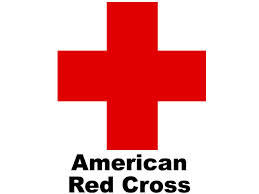
The Centers for Disease Control (CDC) report for the week of December 29 to January 4 shows 35 states are seeing widespread flu activity, up from 25 a week earlier. These states include Alabama, Alaska, Arkansas, California, Colorado, Connecticut, Georgia, Idaho, Illinois, Indiana, Kansas, Kentucky, Louisiana, Maine, Massachusetts, Minnesota, Missouri, Montana, Nebraska, New Hampshire, New York, North Carolina, North Dakota, Ohio, Oklahoma, Oregon, Pennsylvania, Rhode Island, South Dakota, Texas, Utah, Virginia, Washington, Wisconsin, and Wyoming. Most other regions are also reporting a number of residents sick with influenza.
STEPS TO PREVENT FLU The most important step someone can take is to get a flu vaccine. The CDC recommends a yearly flu vaccine for everyone six months of age and older. Other steps people can take to help prevent the spread of the flu virus:
3. Cover the nose and mouth with a tissue or sleeve when coughing or sneezing, and throw the tissue away after use. If that’s not possible, cough or sneeze into the elbow, not the hands. People with the flu can spread it to others about six feet away through coughs and sneezes.
4. Wash hands often, especially after coughing or sneezing. If soap and water are not available, use an alcohol-based hand-rub.
5. Avoid touching the eyes, nose or mouth.
· Fast breathing, trouble breathing or bluish skin color.· Pain or pressure in the chest or abdomen (adults).· Confusion or sudden dizziness.· Not drinking enough fluids, not being able to eat, or severe or persistent vomiting.· Flu-like symptoms that improve but then return with fever and worse cough.· Children – not waking up, being so irritable that the child does not want to be held or not interacting. Fever with a rash. No tears when crying or significantly fewer wet diapers than normal.More information about influenza and how to help stop the spread of the flu virus is available on www.redcross.org/prepare/disaster/flu
The American Red Cross shelters, feeds and provides emotional support to victims of disasters; supplies about 40 percent of the nation’s blood; teaches skills that save lives; provides international humanitarian aid; and supports military members and their families. The Red Cross is a not-for-profit organization that depends on volunteers and the generosity of the American public to perform its mission. For more information, visit www.redcross.org to learn more or contact your local chapter:
- Bay Area Chapter – redcross.org/bayarea
- Monterey Bay Chapter – redcross.org/montereybay
- Santa Cruz County Chapter – redcross.org/santacruz
- Silicon Valley Chapter – redcross.org/siliconvalley